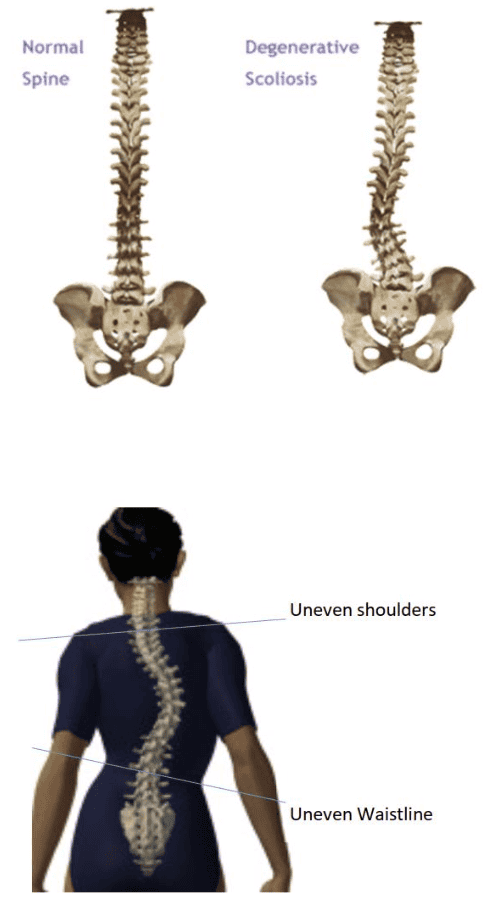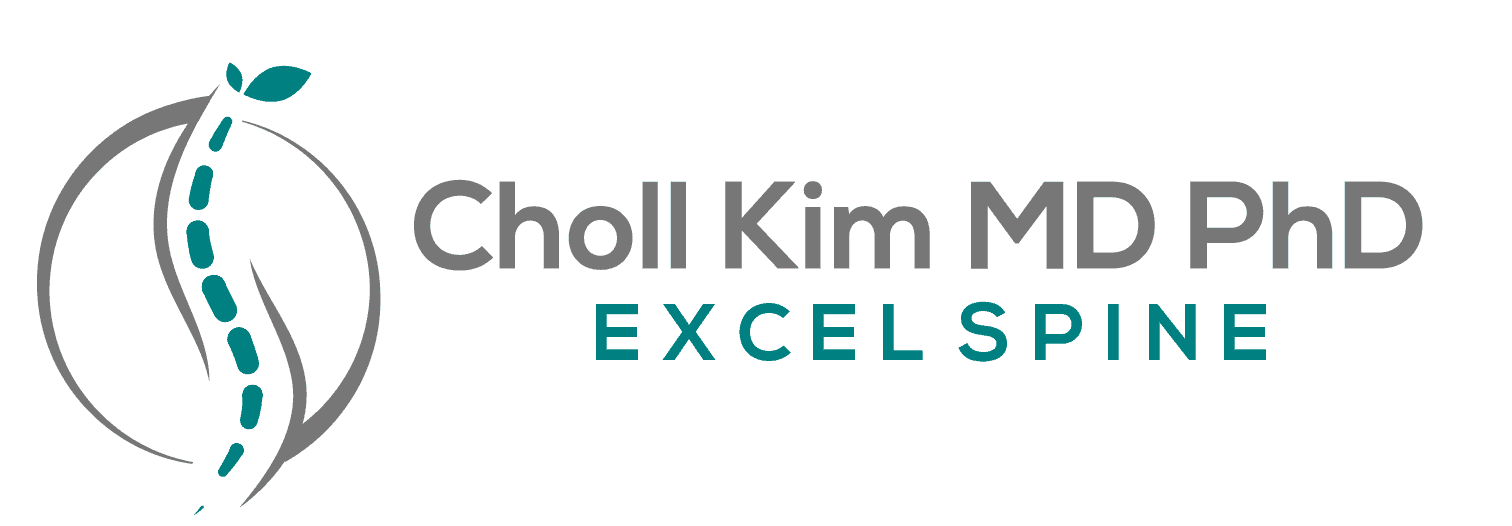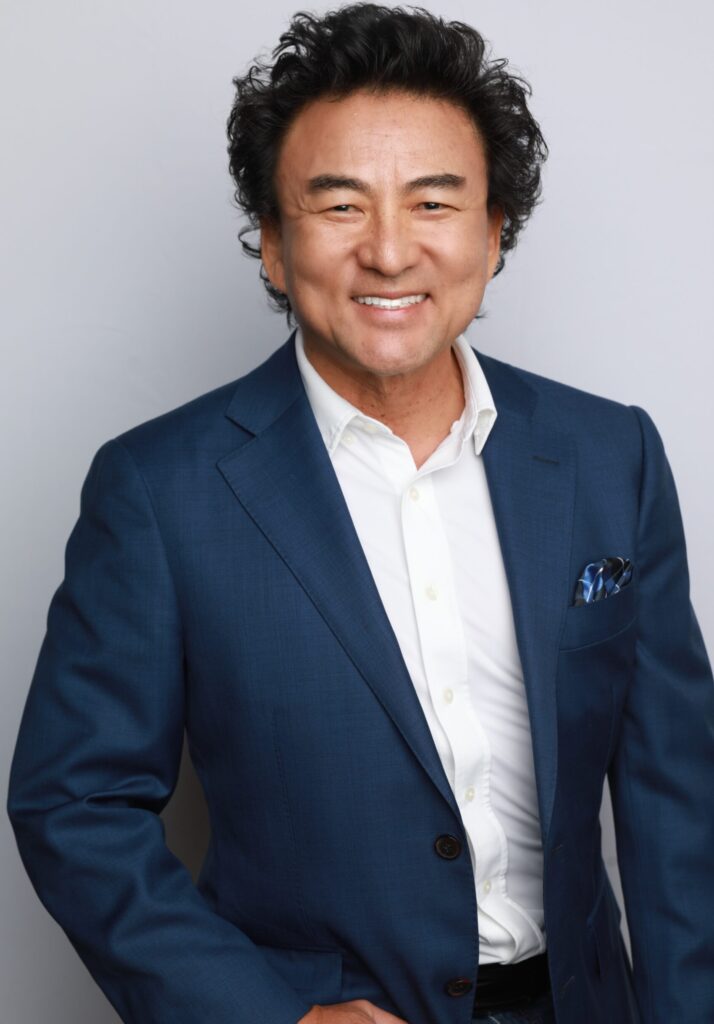
Overview
The spine is made up of a column of 33 individual bones, called vertebrae, which are stacked atop one another from the base of the skull to the pelvis, and provide the entire body with structure and support. Between each vertebrae is a rubbery, gel-like cushion, called discs which act as shock absorbers. The stacked vertebrae form a tunnel called the spinal canal. The spinal cord is the nerve center of the body and passes through this wide opening.
Degenerative Scoliosis
Degenerative scoliosis is a side-to-side curve in the spine. Changes to the structure of the vertebrae causes the spine to lose its ability to maintain a normal shape. The spine begins to “sag” and as the condition progresses, a scoliotic curve can slowly develop. This curve can cause the nerves in and around the spinal cord to become irritated. Scoliosis should be treated with a vigorous physical therapy and home exercise program to improve mobility and strength. The goal is to improve posture and maximize spinal stability. If non-operative treatment fails, the fusion surgery would be considered. The goal of surgery is to straighten the spine as much as possible to prevent worsening of the curvature.
Causes
Degenerative scoliosis is caused by a combination of age and deterioration of the spine. As the curve in the spine progresses, it becomes more pronounced.
Symptoms
Symptoms include uneven shoulders, uneven waistline, rib humps, and visible S-shape curvature of the back.

